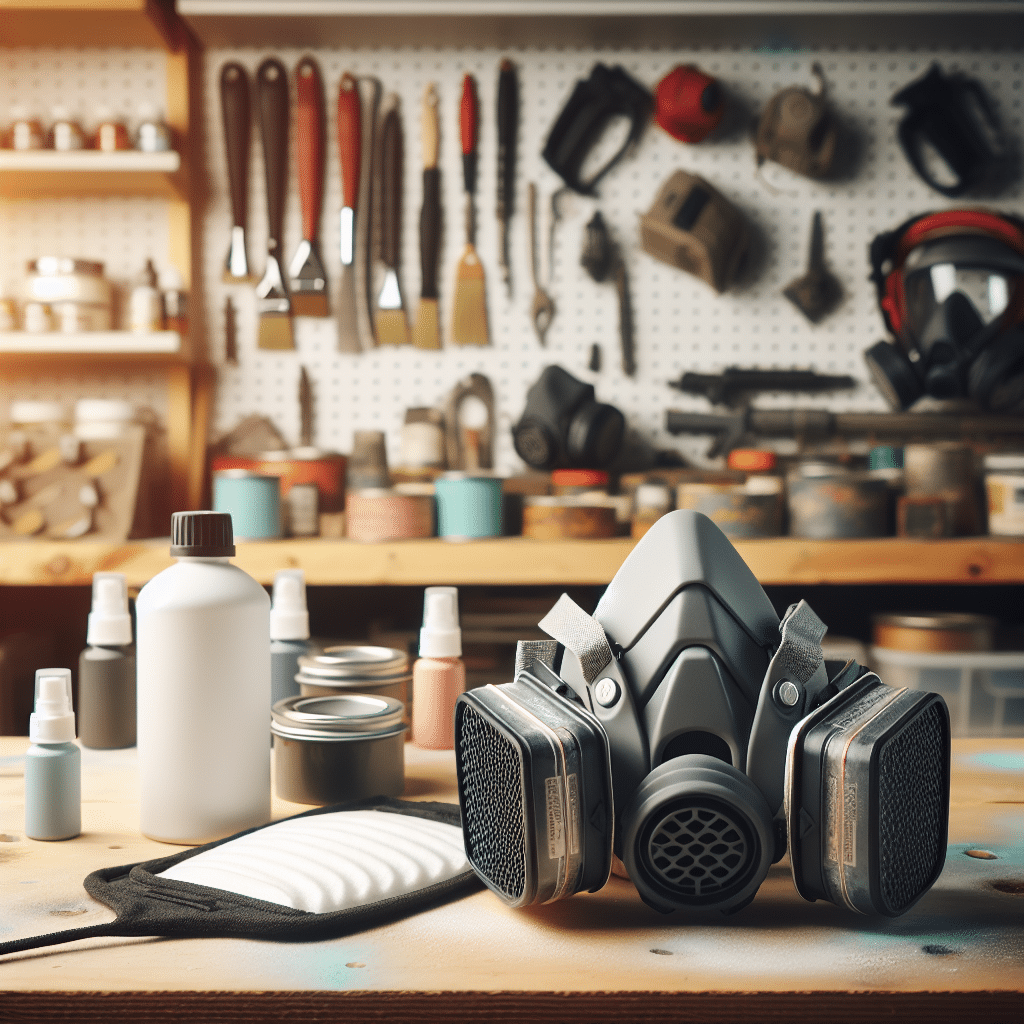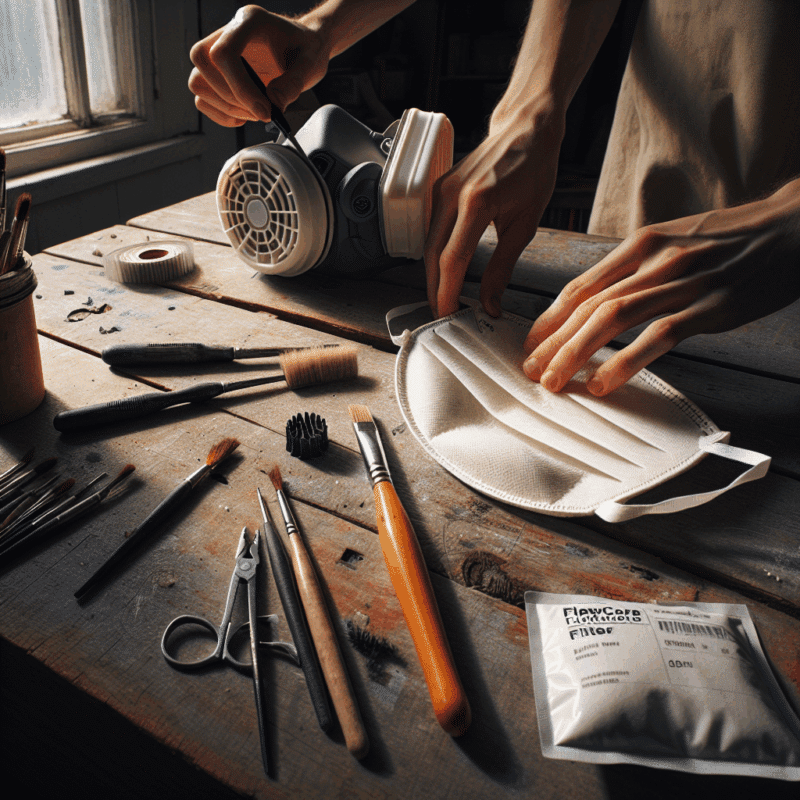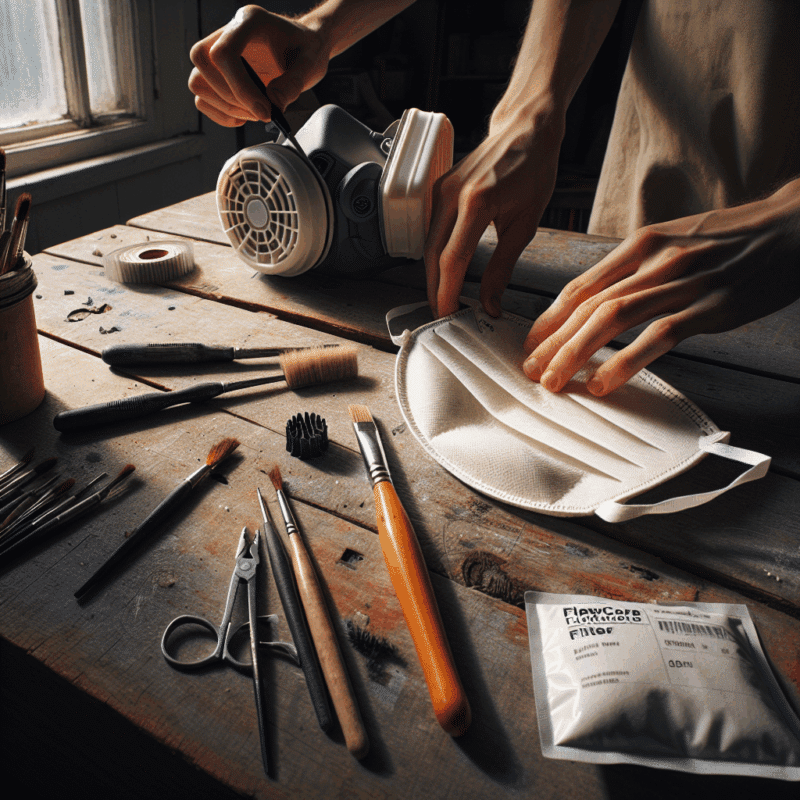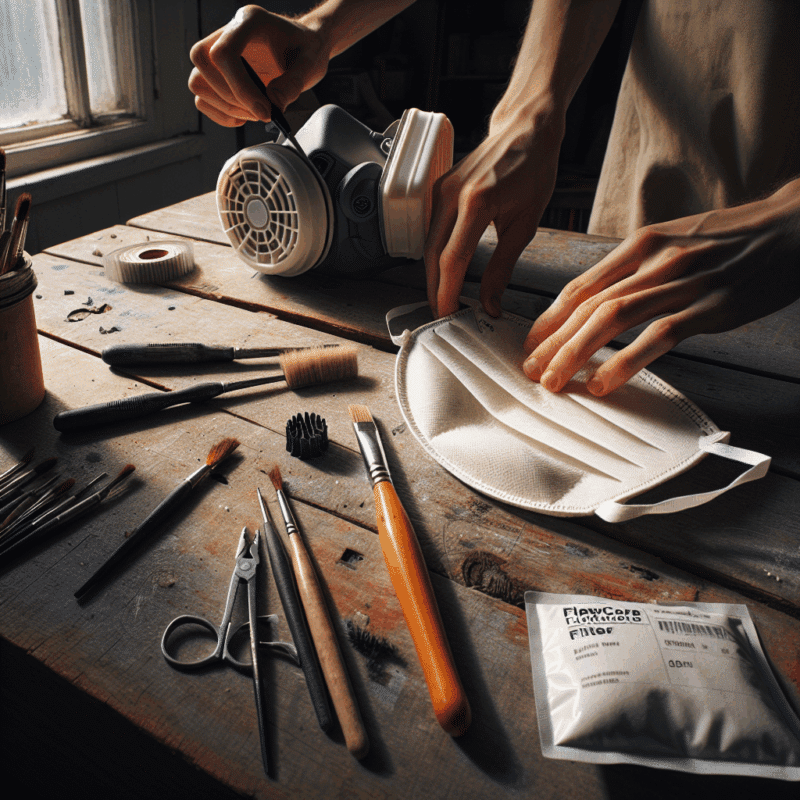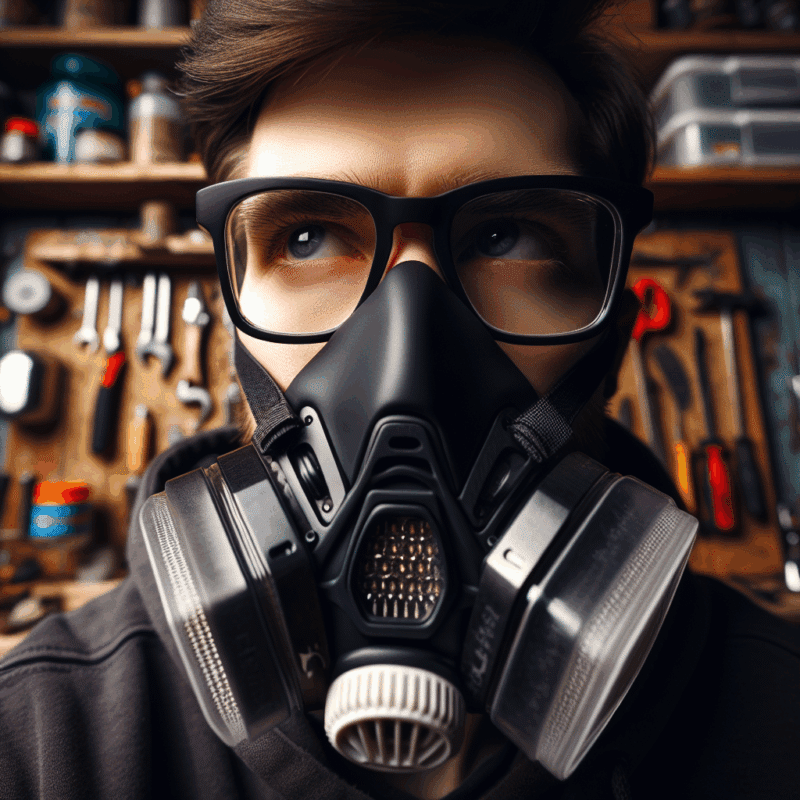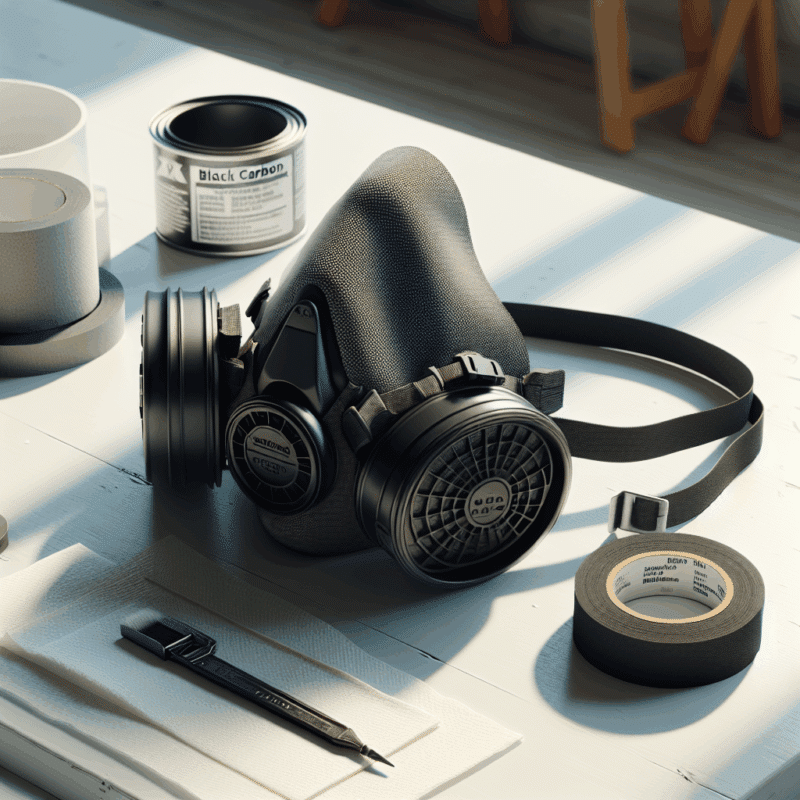Can ProDefend Pads Replace Cartridges for Light Paint Jobs?
In This Article
- ProDefend pads are ideal for filtering out paint particulates and dust during light-duty jobs.
- Cartridges provide superior protection against chemical vapours in high-risk environments.
- Always match the respirator setup with the project’s hazard profile for maximum safety.
- ProDefend pads offer a cost-effective, ergonomic alternative to bulkier solutions.
- Maintenance and correct storage ensure lasting performance from any respirator system.
Understanding Respirator Filter Types
Comparing Pads and Cartridges
Respirator filter systems are essential in protecting users from harmful airborne particulates and gases. When engaging in painting tasks—whether industrial, automotive, or DIY—the selection of the correct filter type is paramount. Typically, the debate centres around two mainstream choices: pads and cartridges. ProDefend pads, increasingly popular among safety-conscious users, are developed to offer lightweight yet reliable filtration, especially during low- to medium-intensity spray jobs. Cartridges, by contrast, are bulkier options designed for environments with higher concentrations of organic vapours or harmful chemicals.
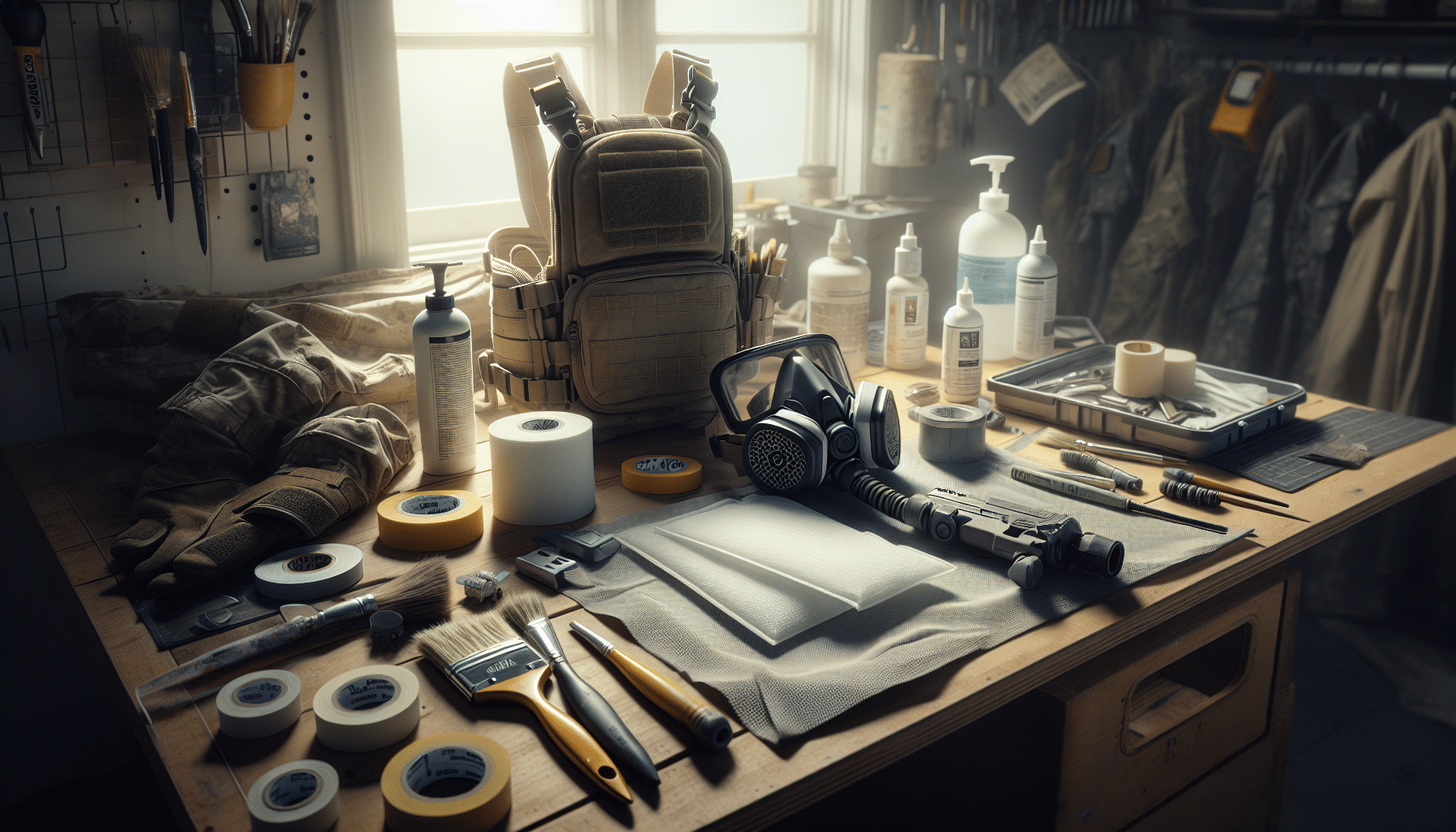
What Are ProDefend Pads?
Specification and Target Uses
ProDefend pads are precision-crafted particulate filters designed to capture solid aerosols like dust, paint mist, and other fine particles. Constructed with electrostatically charged microfibres, these pads balance breathability with filtration efficiency. Unlike bulkier cartridges, ProDefend pads are discreet and easy to affix via standard respirator mounts, providing a versatile option for short-term projects or environments where gaseous contaminants are negligible.
Their lightweight structure lends them well to extended use without causing significant user fatigue. Suitable applications for ProDefend pads include woodworking, sanding, and light spray-painting tasks where the focus is on particulate matter rather than vapour gas exposure. They are typically rated as P1, P2, or P3 according to local standards, which determines the filtration capability and resistance to oil-based particulates.
Pad vs Cartridge: Safety Considerations
When To Use Each Filter Type
Choosing between ProDefend pads and cartridge filters hinges primarily on the type of contaminant present and the operational conditions of the task. Pads like ProDefend are highly efficient at removing airborne particulates but provide limited protection against organic vapours and acid gases. Therefore, in enclosed spray booths or when using solvent-based paints, cartridges with activated carbon layers should be the go-to solution.
However, for outdoor projects or water-based paints, ProDefend pads offer ample protection without the weight and cost burden of cartridges. Understanding the limitations of each is essential, as misapplication could lead to insufficient respiratory protection. Always consult material safety data sheets (MSDS) and match the respirator’s rating to the hazards indicated for the task.
Performance in Light Paint Jobs
User Experience and Protection Level
ProDefend pads shine in scenarios involving minimal hazardous exposure. For instance, when applying water-based latex or acrylic paints on interior walls, the emission profile leans more towards particulates than vapours. Users report improved comfort levels when wearing pads due to lower breathing resistance and reduced facial pressure. Additionally, the extended field of vision afforded by the flat design ensures better manoeuvrability in tight corners or during ceiling work.
Performance tests have shown that ProDefend pads maintain efficacy throughout typical project cycles, capturing over 95% of paint mists generated through HVLP (High Volume, Low Pressure) sprayers. While not suitable for every application, under the right conditions, these pads offer professional-level protection with a simplified user experience.
Cost and Convenience
How Pads Can Reduce Expenses
One of the key advantages of using ProDefend pads lies in their affordability and logistical simplicity. Compared to cartridges, which must often be replaced as entire units even if one element degrades, pads allow for modular replacement based on specific wear levels. This capability alone significantly reduces ongoing costs in workshop settings.
Moreover, storage is more manageable. ProDefend pads, being compact, require less shelf space and pose fewer expiry concerns than chemical-absorbent cartridges. Their universal fit system also aligns with several respirator models, removing the need for specialised adaptors or proprietary gear. When fully integrated into a workshop’s supply chain, these pads contribute to both financial efficiency and operational flexibility. Learn more about stocking and replacing pads by visiting Learn more about DIY Respirator Filters & Protection.
Maintaining Your Respirator Setup
Cleaning and Storage Tips
Whether using ProDefend pads or cartridges, ensuring your respirator is well-maintained is vital for consistent safety. After each use, inspect the mask shell and elastic bands for wear or damage. Pads should be disposed of when breathing resistance noticeably increases or if they appear discoloured by prolonged use.
Always store ProDefend pads in a clean, dry environment, ideally sealed in an airtight container to avoid contamination. Masks and holders should be gently wiped with alcohol-free disinfectants and allowed to air dry clearly. If using both pads and cartridges interchangeably, label components accordingly to avoid misapplication. For further maintenance guidance, see Read a related article.
DIY Projects and Paint Safety
Safe Filter Choices for Home Use
Home DIYers often overlook respiratory protection as an essential tool—especially during small-scale painting projects. Yet inhaling even minor quantities of overspray or sanding grit can affect your lungs over time. ProDefend pads offer a comfortable and accessible solution for individuals engaged in weekend projects like fence refurbishments, deck staining, or model painting.
The absence of strong odours in many water-based products may give a false sense of security. Still, the presence of airborne nanoparticles remains a concern. ProDefend pads bridge this protection gap by providing high-filtration performance with little effort. For solvent-rich jobs or specialised treatments, however, cartridges remain the safer bet. Refer to external breathing protection standards at How to change ink pads for stamps to better tailor your equipment to the hazards you face.
ProDefend Pads in Action
Community Feedback and Insights
Tradespeople and hobbyists alike have adopted ProDefend pads for their dependable filtration and ergonomic advantages. Community forums frequently report satisfaction with their ability to remain comfortable during long sessions. One common sentiment is that ProDefend pads encourage consistent use of protective gear, due largely to their low-profile design and minimal heat retention.
Shared experiences reveal that users favour ProDefend for layered tasks involving both sanding and painting. Because the pads don’t require switching between tools or breaking workflow, they promote operational efficiency. Several industrial painters also appreciate their compatibility with face shields and goggles, which can be challenging with bulkier filter types.
Expert Recommendations
When to Upgrade to Cartridges
Though ProDefend pads offer robust protection in many cases, certain environments mandate the use of cartridges. Experts advise switching to cartridge filters when handling high-solvent materials like enamel or epoxy-based paints. These substances emit volatile organic compounds (VOCs), which require activated carbon to neutralise their health risks effectively.
If your project involves enclosed or poorly ventilated areas, or if you notice strong chemical scents during application, upgrade to a dual-cartridge system rated for organic vapours. Professional contractors should also ensure compliance with local occupational safety regulations, which may necessitate cartridge-grade protection. Learn more at Learn more about automated SEO solutions.
Making Filter Decisions Easier
Questions to Ask Before Painting
To make an informed choice between ProDefend pads and cartridges, consider the following questions before starting your next painting project:
- What type of paint will you be using—water-based or solvent-based?
- Will the work take place outdoors or in a confined space?
- How long will you be exposed to airborne particulates or vapours?
- Do you have any pre-existing respiratory conditions?
- Are local safety standards relevant to your work environment?
Answering these questions can clarify the balance between comfort, cost, and chemical protection, helping you confidently select the right filter for each specific task.
“After switching to ProDefend pads for my furniture refinishing business, I’ve noticed less fatigue and fewer respiratory issues — they’re an absolute game-changer.”
Conclusion: Which Filter is Right For You?
There is no one-size-fits-all answer when comparing ProDefend pads and cartridge filters for paint jobs. If you’re focused on light applications with minimal toxic vapours—such as water-based painting or sanding—ProDefend pads offer excellent comfort, convenience, and affordability. However, if your activity involves greater chemical exposure or poorly ventilated environments, investing in cartridge filters becomes essential.
Ultimately, your health and safety rely on recognising the risk level associated with each project and choosing filters accordingly. By understanding the strengths of ProDefend pads and when their use is appropriate, you’ll be better positioned to optimise your respiratory protection without unnecessary complication or expense.
Great guide on prodefend-pads-vs-cartridges-paint-jobs-guide – Community Feedback
Are ProDefend pads suitable as a cartridge replacement for painting?
ProDefend pads can filter fine particles, making them a flexible option for light paint jobs where vapour exposure is low. For projects with strong fumes, use full cartridges.
Do ProDefend filters protect against paint fumes?
ProDefend pads primarily provide dust and particulate protection. For solvent and paint vapours, a certified cartridge is recommended.
When should you use a cartridge instead of pads?
Use cartridges for jobs with hazardous vapours or prolonged exposure. ProDefend pads are best for quick, low-fume tasks like light spraying or touch-ups.

